Saturday, 17 December 2011
Friday, 16 December 2011
battle of savannah
The Battle of Fort Pulaski was fought April 10–11, 1862, during the American Civil War.Union forces on Tybee Island

and naval operations conducted a 112-day siege, then captured the Confederate-held Fort Pulaski

which made existing coastal defenses obsolete. The Union initiated large scale amphibious operations under fire.

The fort's surrender strategically closed Savannah as a port. The Union extended itsblockade and aids to navigation down  The only Atlantic American troops of the Victorian period I've seen are the custer sets but they did do a gatling gun)
The only Atlantic American troops of the Victorian period I've seen are the custer sets but they did do a gatling gun)
the Atlantic coast, then redeployed most of its 10,000 troops. above gentile, see his blog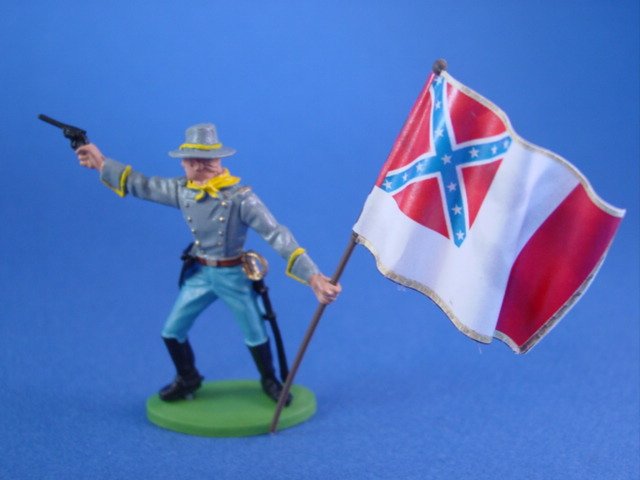 The Confederate army-navy defense blocked Federal advance for over three months, secured the city, and
The Confederate army-navy defense blocked Federal advance for over three months, secured the city, and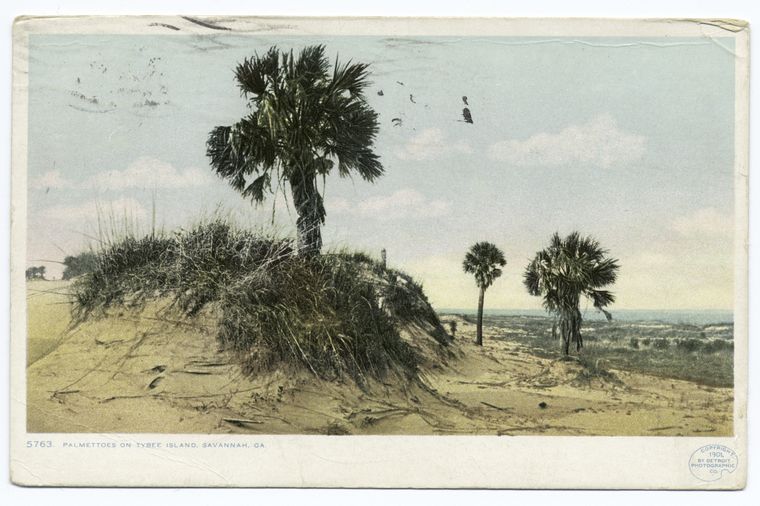 prevented any subsequent Union advance from seaward during the war. Coastal rail connections were
prevented any subsequent Union advance from seaward during the war. Coastal rail connections were extended to blockaded CharlestonSC.
extended to blockaded CharlestonSC.
 The only Atlantic American troops of the Victorian period I've seen are the custer sets but they did do a gatling gun)
The only Atlantic American troops of the Victorian period I've seen are the custer sets but they did do a gatling gun)
the Atlantic coast, then redeployed most of its 10,000 troops. above gentile, see his blog
 The Confederate army-navy defense blocked Federal advance for over three months, secured the city, and
The Confederate army-navy defense blocked Federal advance for over three months, secured the city, and prevented any subsequent Union advance from seaward during the war. Coastal rail connections were
prevented any subsequent Union advance from seaward during the war. Coastal rail connections were extended to blockaded CharlestonSC.
extended to blockaded CharlestonSC.
Fort Pulaski is located on Cockspur Island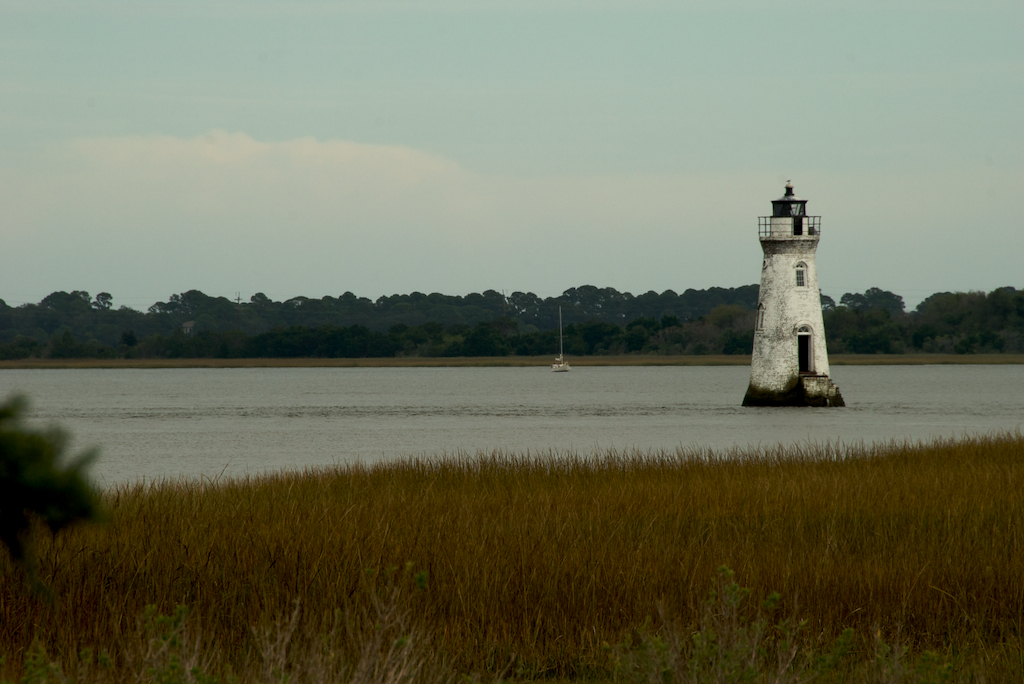

, Georgia, near the mouth of the Savannah River. The Fort commanded seaward approaches to the City of Savannah. it was  commercially and
commercially and 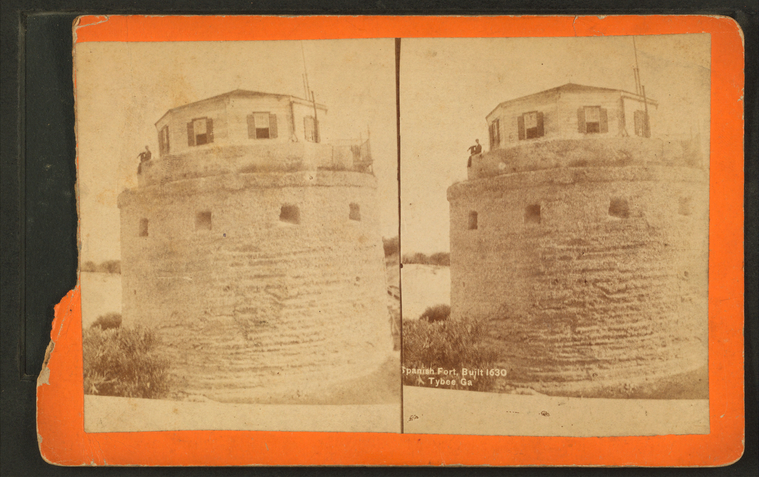 industrially important as a cotton exporting port, railroad center and the
industrially important as a cotton exporting port, railroad center and the 

 commercially and
commercially and  industrially important as a cotton exporting port, railroad center and the
industrially important as a cotton exporting port, railroad center and the largest manufacturing center in the state, including a state arsenal and private shipyards. Two southerly 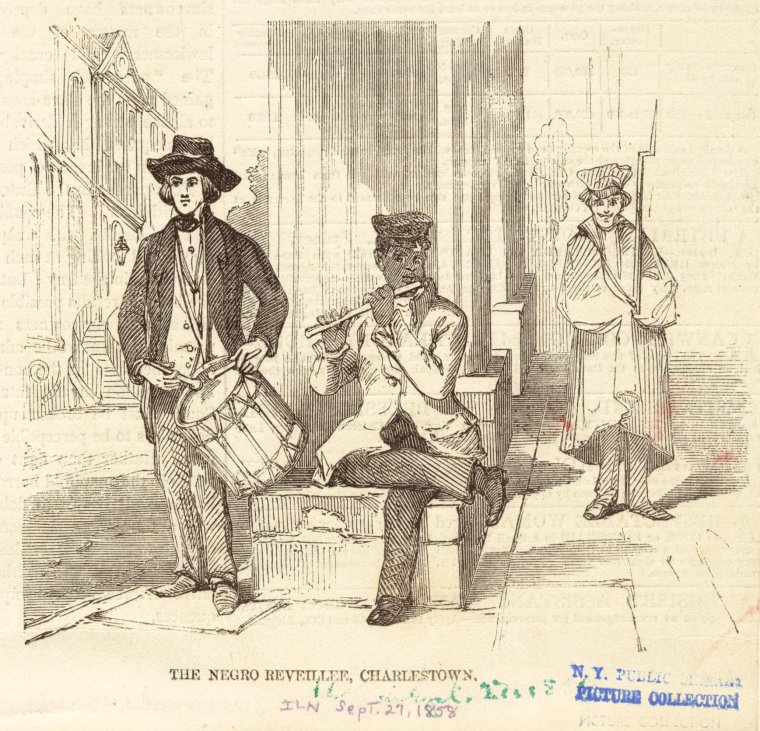 estuaries led to the Savannah River behind the fort. Immediately east of Pulaski, and in sight of Hilton Head Island
estuaries led to the Savannah River behind the fort. Immediately east of Pulaski, and in sight of Hilton Head Island
 estuaries led to the Savannah River behind the fort. Immediately east of Pulaski, and in sight of Hilton Head Island
estuaries led to the Savannah River behind the fort. Immediately east of Pulaski, and in sight of Hilton Head Island
SC lay Tybee Island with alighthouse station.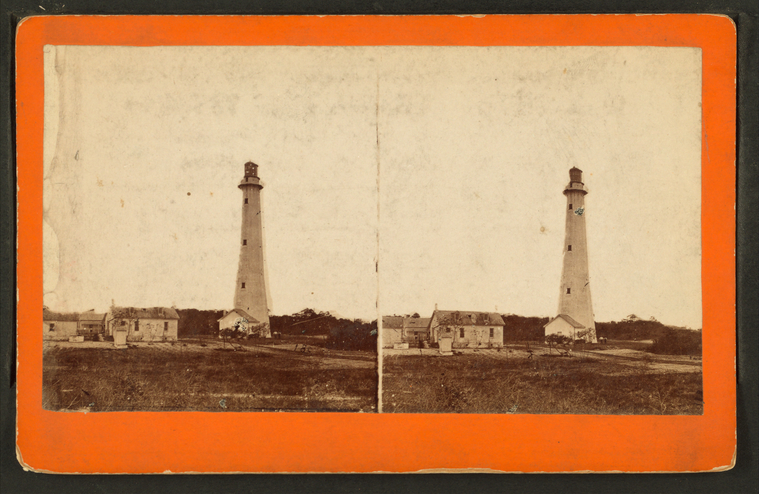

the western invasion of russia 1919
The Allied intervention was a multi-national military expedition launched in 1918 during World War I which continued into the Russian Civil War. Its operations included forces from 14 nations and were conducted over a vast territory. The initial stated goals were to help the Czechoslovak Legions,
 secure supplies of munitions and armaments in Russian ports, and re-establish the Eastern front. After winning the war in Europe, the Allied powers militarily
secure supplies of munitions and armaments in Russian ports, and re-establish the Eastern front. After winning the war in Europe, the Allied powers militarily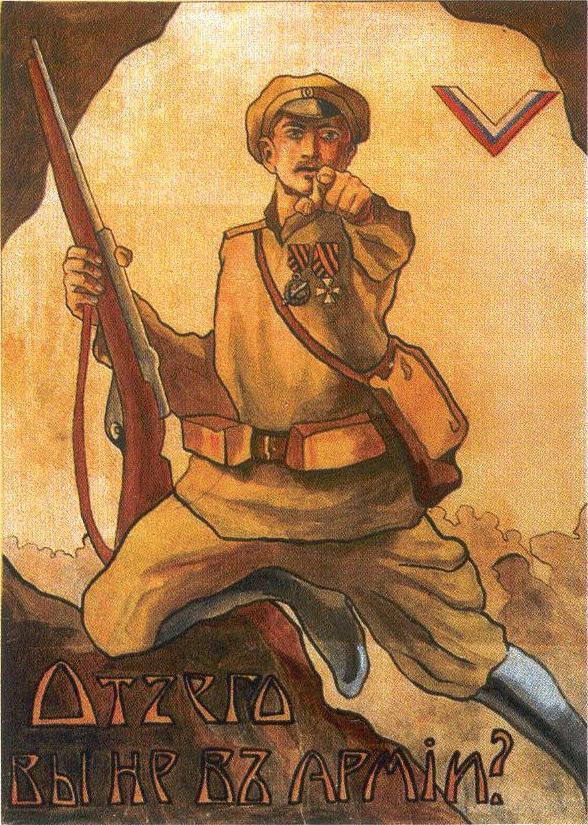 Allied efforts were hampered by divided objectives, lack of an overarching strategy, and a lack of home front public support. These factors, together with the evacuation of the Czechoslovak Legion and the deteriorating situation compelled the Allies to withdraw from North Russia
Allied efforts were hampered by divided objectives, lack of an overarching strategy, and a lack of home front public support. These factors, together with the evacuation of the Czechoslovak Legion and the deteriorating situation compelled the Allies to withdraw from North Russia  and Siberia in 1920,
and Siberia in 1920, though Japanese forces occupied parts of Siberia until 1922 and the northern half of Sakhalin until 1925. below is horse from atlantic revolution set
though Japanese forces occupied parts of Siberia until 1922 and the northern half of Sakhalin until 1925. below is horse from atlantic revolution setWith the end of Allied support, the Red Army was able to inflict defeats on the remaining White government forces, leading to their eventual collapse. During the Allied intervention, the presence of foreign troops was effectively used for propaganda by the Bolsheviks who eventually established the Soviet Union.
In 1917 Russia was in a state of political strife. Support for World War I and the Tsar, Nicholas II
 was dwindling, and the country was on the brink of revolution. The February Revolution changed the course of the war; under intense political
was dwindling, and the country was on the brink of revolution. The February Revolution changed the course of the war; under intense political  pressure, the Tsar abdicated and the Russian Provisional Government was formed, led initially by Georgy Lvov
pressure, the Tsar abdicated and the Russian Provisional Government was formed, led initially by Georgy Lvov  and later by Alexander Kerensky.
and later by Alexander Kerensky. The Provisional Government pledged to continue fighting the Germans on the Eastern Front.(kerensky grave in putney london)
The Provisional Government pledged to continue fighting the Germans on the Eastern Front.(kerensky grave in putney london)
The Allies had been shipping supplies to Russia since the beginning of the war in 1914 through the ports of Arkhangelsk,
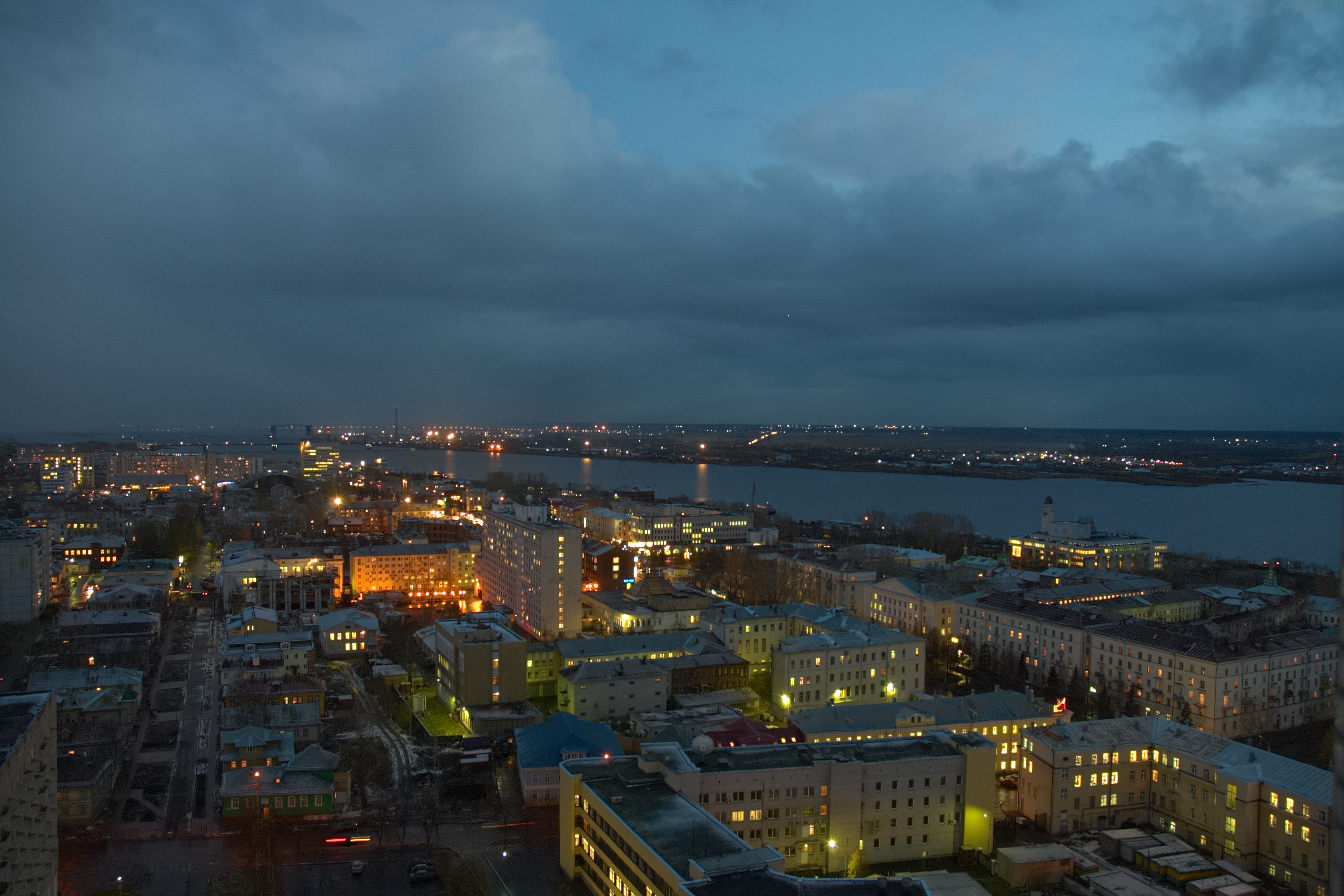
Murmansk,
 and Vladivostok. In 1917, the United States entered the war on the Allied side. U.S. President Woodrow Wilson dropped his reservations about joining the war with a tyrannical monarch as an ally, and the U.S. began providing economic and technical support to Kerensky's government.
and Vladivostok. In 1917, the United States entered the war on the Allied side. U.S. President Woodrow Wilson dropped his reservations about joining the war with a tyrannical monarch as an ally, and the U.S. began providing economic and technical support to Kerensky's government.The war became unpopular with the Russian populace. Political and social unrest increased, with the revolutionary Bolsheviks under Vladimir Lenin gaining widespread support. Large numbers of common soldiers either mutinied or deserted the Russian army. During the June 18 offensive, the Russian Army was defeated by the German and Austro-Hungarian forces as a result of a counter-attack. This led to the collapse of the Eastern Front. The demoralised Russian Army was on the verge of mutiny and most soldiers had deserted the front lines. Kerensky replaced Aleksei Brusilov
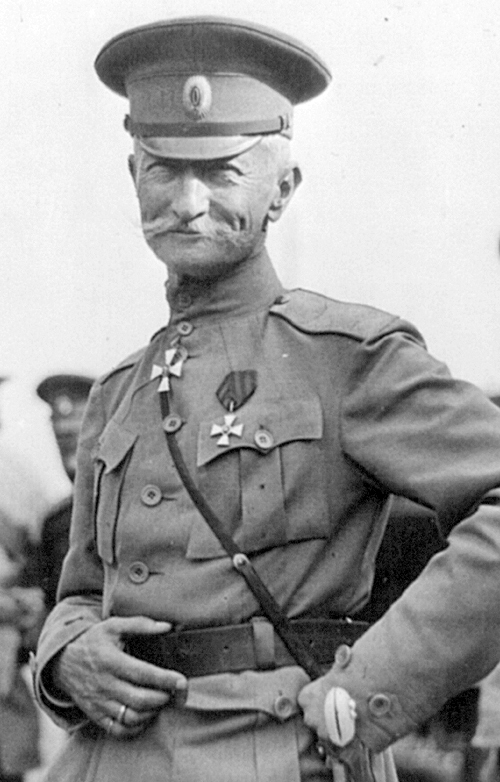 with Lavr Kornilov
with Lavr Kornilov  as Commander in Chief of the Army.
as Commander in Chief of the Army.Kornilov attempted to set up a military dictatorship by staging a coup in late August 1917. He had the support of the British military attaché, Brigadier-General Alfred Knox, and Kerensky accused Knox of producing pro-Kornilov propaganda. Kerensky also claimed Lord Milner wrote him a letter expressing support for Kornilov. A British armoured car squadron commanded by Oliver Locker-Lampson
 and dressed in Russian uniforms participated in the failed coup. In 1917, the October Revolution led to the overthrow of Kerensky's provisional government, and the Bolsheviks assuming power.
and dressed in Russian uniforms participated in the failed coup. In 1917, the October Revolution led to the overthrow of Kerensky's provisional government, and the Bolsheviks assuming power.Five months later, on March 3, the newly-formed Russian Soviet Federative Socialist Republic
 signed the Treaty of Brest-Litovsk with the German Empire, formally ending the war on the Eastern Front. This permitted the redeployment of German soldiers to the Western Front, where the British and French armies were awaiting U.S. reinforcements.
signed the Treaty of Brest-Litovsk with the German Empire, formally ending the war on the Eastern Front. This permitted the redeployment of German soldiers to the Western Front, where the British and French armies were awaiting U.S. reinforcements.
The signing of the Treaty of Brest-Litovsk ensured that prisoners-of-war (POW) would be transferred to and from each country. Austro-Hungarian prisoners were of a number of various nationalities;
 Czechoslovak POWs were conscripted to fight with the Austro-Hungarian army and had been captured by the Russians. However, Czechoslovaks had long desired to create their own independent state, and the
Czechoslovak POWs were conscripted to fight with the Austro-Hungarian army and had been captured by the Russians. However, Czechoslovaks had long desired to create their own independent state, and the  Russians established special Czechoslovak units (the Czechoslovak Legions) to fight the Central Powers.
Russians established special Czechoslovak units (the Czechoslovak Legions) to fight the Central Powers. In 1917, the Bolsheviks stated that if the Czechoslovak Legions remained neutral and agreed to leave Russia, they would be granted safe passage through Siberia en route to France via Vladivostok to fight with the Allied forces on the Western Front. The Czechoslovak Legions travelled via the Trans-Siberian Railroad
In 1917, the Bolsheviks stated that if the Czechoslovak Legions remained neutral and agreed to leave Russia, they would be granted safe passage through Siberia en route to France via Vladivostok to fight with the Allied forces on the Western Front. The Czechoslovak Legions travelled via the Trans-Siberian Railroad  to Vladivostok. However, only half arrived before the agreement collapsed and fighting between the Legions and the Bolsheviks erupted in May 1918.
to Vladivostok. However, only half arrived before the agreement collapsed and fighting between the Legions and the Bolsheviks erupted in May 1918.The Allies became concerned at the collapse of the Eastern front and their Russian ally, and there was also the question of the large amounts of supplies and equipment in Russian ports, which the Allies feared might be commandeered by the Germans or the Bolsheviks. Also worrisome to the Allies was the April 1918 landing of a division of German troops in Finland, increasing speculation they might attempt to capture the Murmansk-Petrograd railroad, and subsequently the strategic port of Murmansk and possibly Arkhangelsk. Other concerns regarded the potential destruction of the Czechoslovak Legions and the threat of Bolshevism, the nature of which worried many Allied governments. Meanwhile, Allied matériel in transit quickly accumulated in the warehouses in Arkhangelsk and Murmansk.

Faced with these events, the British and French governments decided upon an Allied military intervention in Russia. They had three objectives:
- prevent the German or Bolshevik capture of Allied matériel stockpiles in Arkhangelsk
- mount an attack helping the Czechoslovak Legions stranded on the Trans-Siberian Railroad
- resurrect the Eastern Front by defeating the Bolshevik army with help from the Czechoslovak Legions and an expanded anti-Bolshevik force of local citizens – and, in the process, stop the spread of communism and the Bolshevik cause in Russia
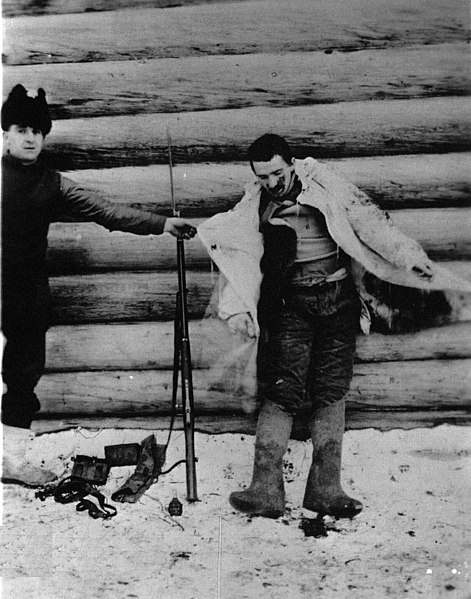 who were sent to Arkhangelsk, while another 8,000 soldiers, organised as the American Expeditionary Force Siberia,
who were sent to Arkhangelsk, while another 8,000 soldiers, organised as the American Expeditionary Force Siberia,  were shipped to Vladivostok from the Philippines and from Camp Fremont in California.
were shipped to Vladivostok from the Philippines and from Camp Fremont in California. That same month, the Canadian government agreed to the British government's request to command and provide most of the
That same month, the Canadian government agreed to the British government's request to command and provide most of the  soldiers for a combined British Empire force, which included Australian and Indian troops.
soldiers for a combined British Empire force, which included Australian and Indian troops.The Japanese, concerned about their northern border, sent the largest military force, numbering about 70,000. They desired the establishment of a buffer state in Siberia,and the Imperial Japanese Army General Staff
 viewed the situation in Russia as an opportunity for settling Japan's "northern problem". The Japanese government was also intensely hostile to communism.
viewed the situation in Russia as an opportunity for settling Japan's "northern problem". The Japanese government was also intensely hostile to communism.The Italians created the special "Corpo di Spedizione" with Alpini troops sent from Italy and ex-POWs of
 Italian ethnicity from the former Austro-Hungarian army who were recruited to the Italian Legione Redenta.
Italian ethnicity from the former Austro-Hungarian army who were recruited to the Italian Legione Redenta. 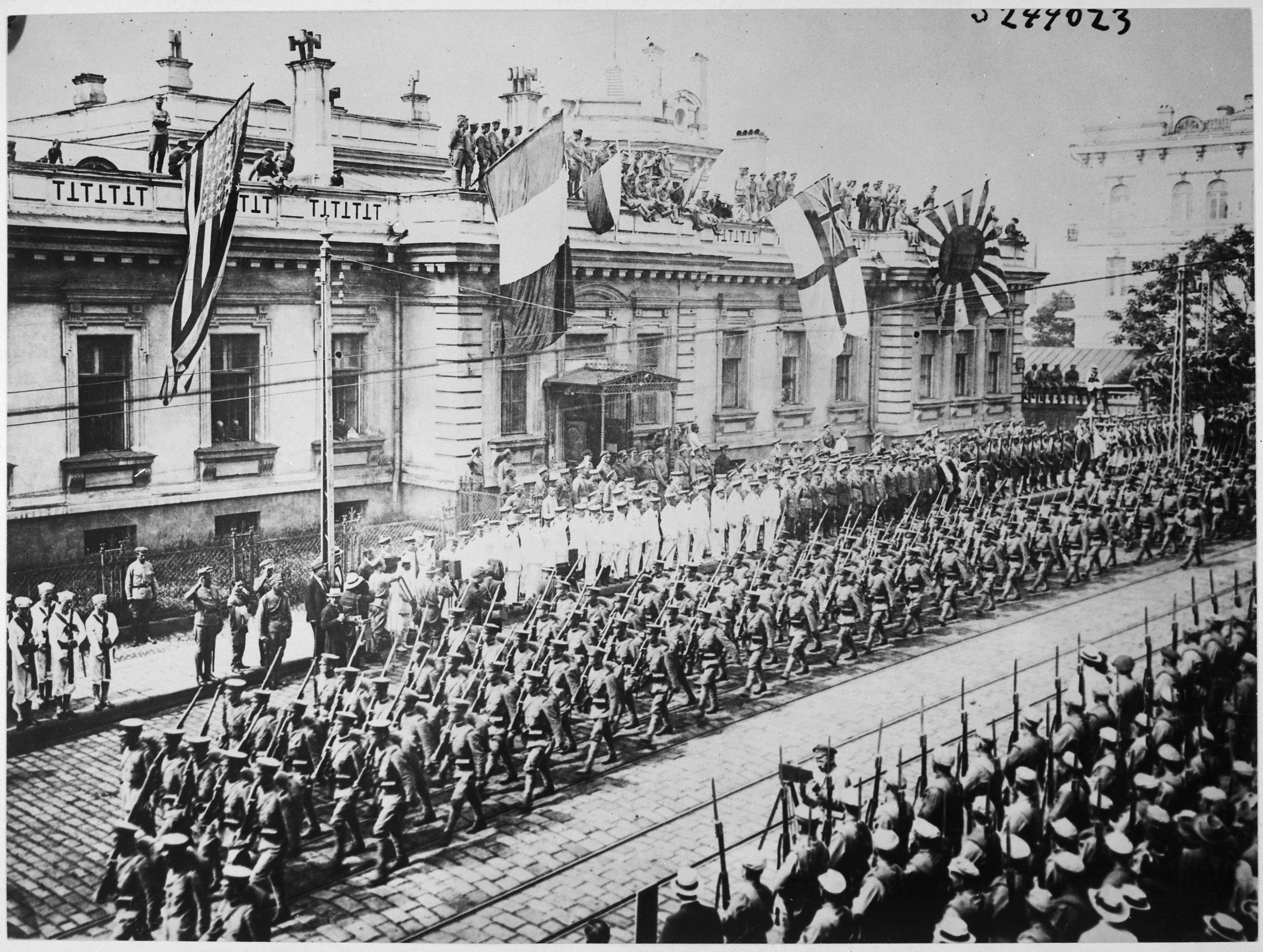 They were initially based in the Italian Concession in Tientsin and numbered about 2,500.
They were initially based in the Italian Concession in Tientsin and numbered about 2,500.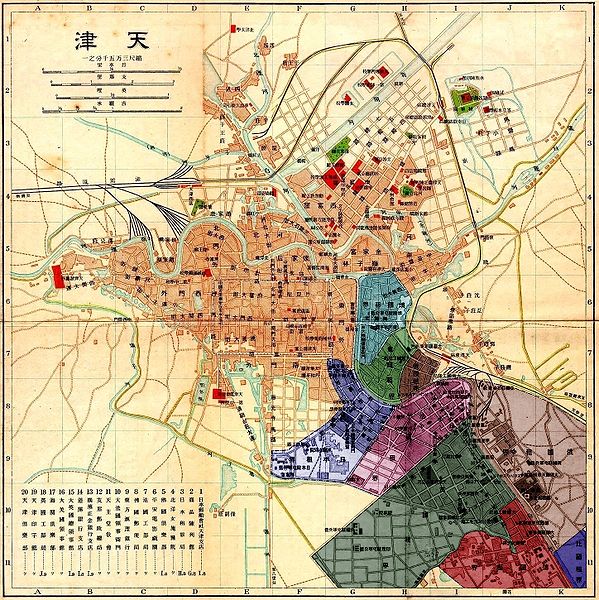
Romania, Greece, Poland, China, and Serbia also sent small contingents in support of the intervention.
Subscribe to:
Comments (Atom)



